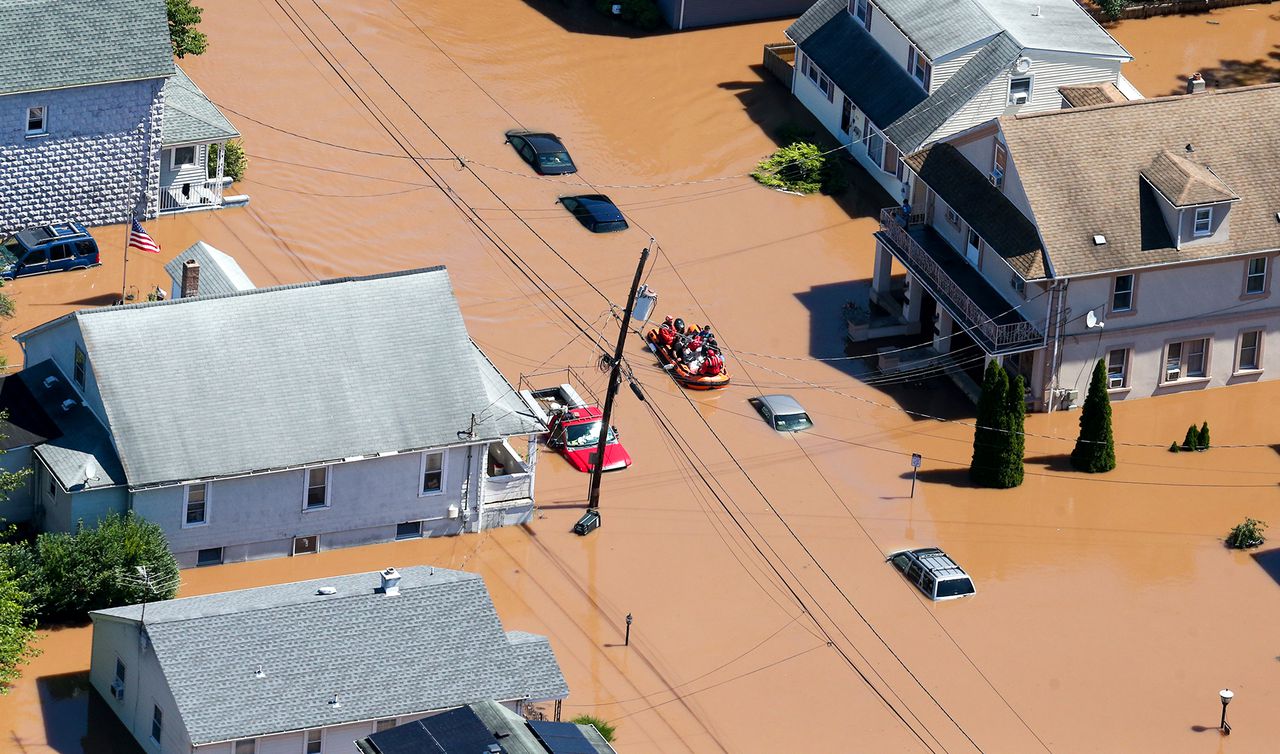By Andrey Nalbantov
As Global Earth Day passed on April 22, and everyone in the spirit of the celebration was posting all over social media images showcasing the beauty of our planet, there is a question that we should ask ourselves. What is the cost of our environment?
This year’s Earth Day topic was called “Nature In The Race To Zero.” The goal is for us to reach a net-zero greenhouse emission by the midcentury in order to keep the global temperature below 1.5 C.

The current global climate change not only causes worldwide warming but also creates an environment that houses more dangerous storms similar to Ida that hit us in late Sept. 2021. As a reminder, Hurricane Ida caused flooding in all five boroughs in New York, in New Jersey, and in Pennsylvania. The massive storm resulted in at least 27 deaths.
But how does Global Warming directly affect the formation of storms? According to Professor Will Heyniger, a lecturer at the School of Environments of Sustainable Science, warm air holds more moisture and heat in the atmosphere.
The increased global surface temperature and droughts lead to greater quantities of water being evaporated into the atmosphere. This essentially is fuel for storms. The hotter it gets, the more intense the storms will be.
“The atmosphere is a heat engine,” Heyniger said. “Those storms will happen more often but the intensity will change.”
The damage done by Hurricane Ida showed a flaw in the infrastructure of the affected areas that have not been explored before. The flaw is in the way our infrastructure was created without regarding such weather anomalies. The outdated underground sewer system was overlooked by the heavy infrastructure spending done above ground, which left many urban parts of New Jersey helpless during Hurricane Ida. According to Heyniger it is important that such events are taken into account when considering future rebuilding.
“How we design and how we build does affect those events,” Heyneger said.

Kean University has already taken steps into fighting global climate change on our campus. One of the steps taken by the university happened on October 23, 2021, when a trash audit was created on the Union campus.
The idea of the research was to find ways to use more of the organic and food waste in the campus composter in order to reduce the amounts of trash sent to the landfills.
Since solid wastes at landfills directly contribute to greenhouse gas emissions, the more waste Kean composts, the less aerobic decay in landfills from Kean there will be.
The second environmentally friendly project Kean has been working on is changing the lights in the parking lots. From now on LED bulbs will be used to power the lights all around the campus lots. LED lights are not only more efficient and have better longevity, but they are greater for the environment because they have zero toxic elements.
Those are two of the many future endeavors Kean University will undertake in order to make our campus a more sustainable place to study. And while it might be a small step in the right direction, the more environmentally friendly policies are accomplished, the easier the fight for our environment becomes.

You must be logged in to post a comment.